The Ninja Gaiden series is known for its fast-paced combat and high production values, but unfortunately, the latter hasn’t aged as well as the former. The series’ combo-based combat system is still exhilarating, and it’s a highlight of the latest release from Koei Tecmo, the Ninja Gaiden Master Collection, but things have changed since these games originally released.
Gathering Ninja Gaiden Sigma, Ninja Gaiden Sigma 2, and Ninja Gaiden 3: Razor’s Edge into a single package for PC, Nintendo Switch, and PlayStation and Xbox platforms, the Ninja Gaiden Master Collection has done the bare minimum to bring the trilogy over to modern platforms.
Ninja Gaiden Master Collection Review: Intense Combat, Sloppy Landing
The Master Collection puts you in the role of Ryu, a ninja whose village is razed to the ground by the villainous Doku at the beginning of Ninja Gaiden Sigma. It is Ryu’s duty to search for the Dark Dragon Blade wielded by Doku and bring the villain down in the process.
While the premise sounds epic in scale, the script doesn’t match it. It simply takes you along from place to place without much rhyme or reason.
When there are voiced lines, however, the performances surprisingly hold up with excellent delivery and a fitting tone. While Sigma focuses on its strengths — combat in particular — the later games have more of a narrative focus with more cinematic cutscenes and improved acting.
What doesn’t hold up at all are the visuals. I played the Nintendo Switch version of the Master Collection, and it looks barely better than each game’s PS3 counterpart. While docked, Sigma particularly displays plain and muddy textures, not to mention a disappointing lack of effects, that emphasize a lack of detail.
The sequels don’t fare much better. Each of them looks just as faded and blurry, and Ninja Gaiden 3: Razor’s Edge makes things worse by adding in obnoxious flashes of red when you’re low on health.
Aside from the occasional framerate drop, which was rare, Sigma‘s loading screens became annoying after a while, as well. The game stops to load every section of a stage, so if you’re running, you’ll randomly stop for the game to load. It makes the experience jarring, and it shouldn’t be an issue on newer hardware.
It isn’t a problem in Ninja Gaiden 2 and Ninja Gaiden 3: Razor’s Edge as they take on more of a linear structure to Sigma‘s more open setting. Rather than evoking Resident Evil 4 or Village, the other titles have the structure of a Devil May Cry or a God of War so Koei Tecmo can carefully plan out when things can load in the background.
What helps the Ninja Gaiden Master Collection is the franchise’s brilliant combat system that still feels current.
There are many different weapons at your disposal and each has its own set of combos to learn. The animation for each move feels fluid and impactful. In Ninja Gaiden 2 and Ninja Gaiden 3: Razor’s Edge, the combat is faster and more fluid than it is in Sigma, but it somewhat loses the slower, more strategic nature of that first title in the process.
Other than the last boss in Ninja Gaiden Sigma, which is infamous among the franchise’s fandom as being incredibly difficult, each monster and villain you face in all three games feels epic, requiring wits and strategy to take down. It’s much easier than the likes of Nioh and Dark Souls, but you still have to stay on your toes to stay alive.
It’s a shame, then, that the excellent combat is plagued by poor controls, a shoddy camera, and some unclear mechanics.
Platforming is imprecise, where jumps are initiated at awkward angles and directions. The camera gets stuck on corners, showing strange angles of Ryu’s butt and leading to even more frustration when jumping. Diving underwater is cryptic, and wall running is difficult to use because, at times, Ryu just runs vertically rather than horizontally.
But all of those control issues almost fade away the more you play Ninja Gaiden Sigma because it feels wonderful, like a hybrid of Resident Evil 4 or Village‘s explorative nature and Devil May Cry‘s action-packed combat design. Exploring, finding key objects, and solving minor puzzles is a delight. The latter unfortunately wasn’t present in its sequels.
Ninja Gaiden Sigma succeeds outside of its combat by rewarding players that return to prior areas and providing new abilities and skills that make that retreading more enjoyable. There are new items, new skills, new weapons, and collectibles to acquire. There are even missions that reward you with permanent health boosts and other prizes if you survive waves upon waves of respawning enemies.
With a remaster, you’d also expect some quality of life changes to fit modern tastes. Unfortunately, outside of an easier difficulty, Koei Tecmo has failed to implement an auto-save feature in Sigma. Save points are far apart, and you’ll likely get frustrated if you die because you’ll either have to cover large distances again or go back to the prior chapter and beat the boss once more to advance.
Furthermore, Sigma‘s somewhat blurry map could have used an update, with Koei Tecmo adding a key system, for example, that points out where save points are or where the blacksmith is, tempering some of the game’s needlessly rudderless feeling.
Luckily, the checkpoints and save points are far more forgiving in Ninja Gaiden 2 and Ninja Gaiden 3: Razor’s Edges, though, because of their more linear nature, a map isn’t featured in either game. With them being linear in nature, the locales stand out much more than the blandness of the first game.
You can see a great realization of the London Eye during the first stage of NG3, and NG2‘s realization of a futuristic Tokyo is stunning as it presents skyscrapers, flying cars, and beautiful pink blossom trees.
Sigma‘s upgrade system is also confusing. The shop displays weapons that are seemingly available for sale, but “purchasing” weapons actually upgrades them. There was no tutorial explaining this vital tool, so until I stumbled upon it, I went a few hours without ever using it.
If that wasn’t enough, the CG cutscenes look absolutely awful, stretched out and low quality. With plenty of AI upscaling tools available, Koei Tecmo could have made the game’s cutscenes look better rather than doing the bare minimum.
Taking a page out of Square Enix’s playbook with Kingdom Hearts and what they’ve done with that series’ old CG cutscenes could have done Sigma, specifically, wonders. Compared to Sigma 2 and Razor’s Edge, it feels like Ninja Gaiden Sigma is the black sheep of the series. It’s not as optimized for modern sensibilities.
Ninja Gaiden Master Collection Review — The Bottom Line
Pros
- Excellent combat still feels fresh
- Exhilarating explorative gameplay that rewards players
- Exciting boss battles
- Decent voice acting
- Lovely locales in Ninja Gaiden 2 and Ninja Gaiden 3: Razor’s Edge.
Cons
- Sigma‘s terrible platforming hasn’t been retooled
- Sigma‘s awful CG cutscenes
- Annoyingly placed loading segments in Sigma
- A lack of quality of life updates like auto-save or a better map in Sigma.
- Blurring in Ninja Gaiden 3: Razor’s Edge has some blurring
- Dull, grey colors in Razor’s Edge
- The sequels forget what made Sigma so good: exploration
Overall, the Ninja Gaiden Master Collection is a sloppy remaster on the Nintendo Switch at least. While it runs at 60 frames per second most of the time, the textures look truly old. The lack of quality of life features like auto-save and a better map is also disappointing in Sigma. Koei Tecmo could have improved the platforming too.
The game itself, however, almost makes up for the remaster’s lapses. The stellar combat still feels fresh, and the explorative gameplay in Sigma makes for a fun diversion to the Resident Evil and Devil May Cry series. If you want more of a God of War-like experience, the other two titles deliver that high-intensity action in spades. If you can ignore the faults of the remaster, we’d recommend playing the Ninja Gaiden Master Collection.
[Note: Koei Tecmo provided the copy of the Ninja Gaiden Master Collection used for this review.]

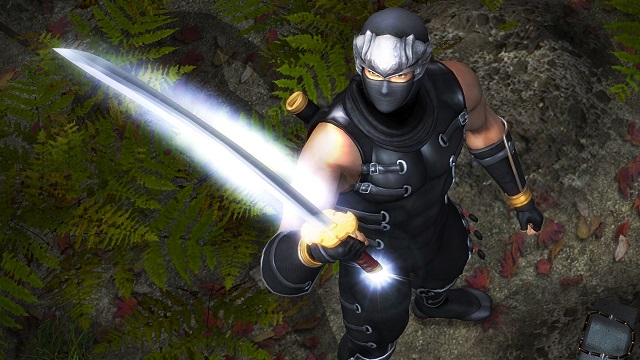
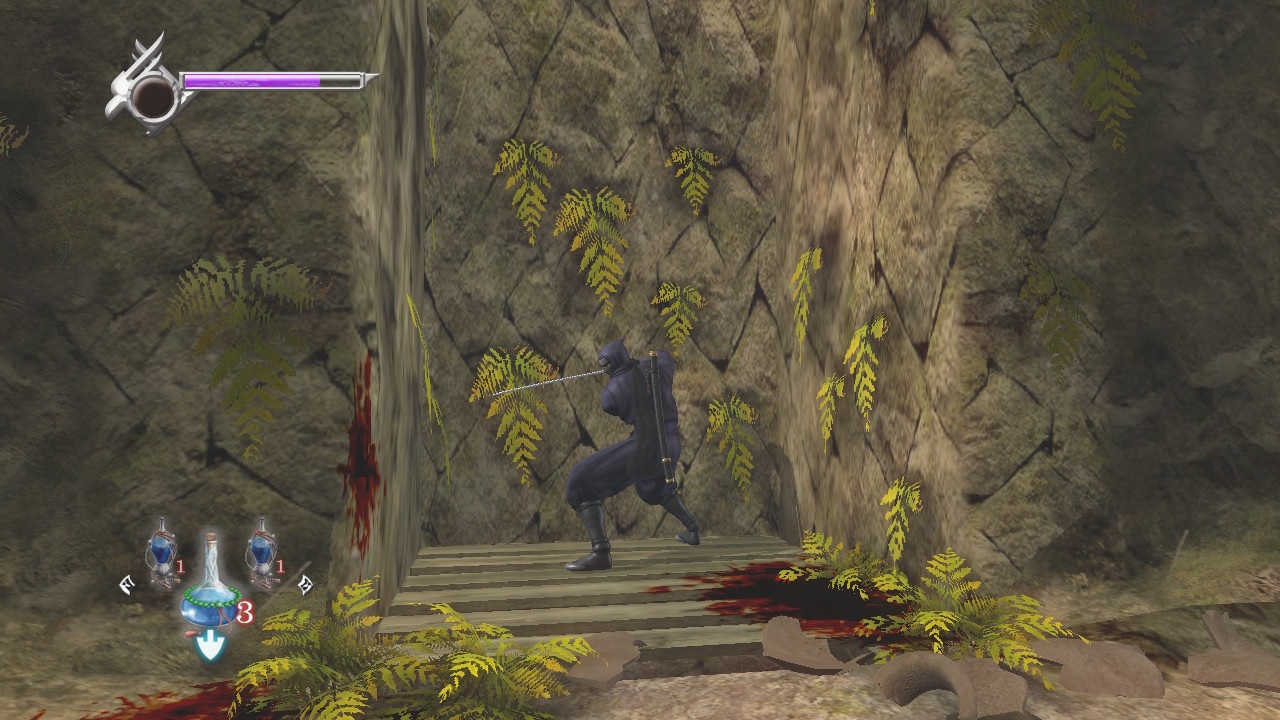
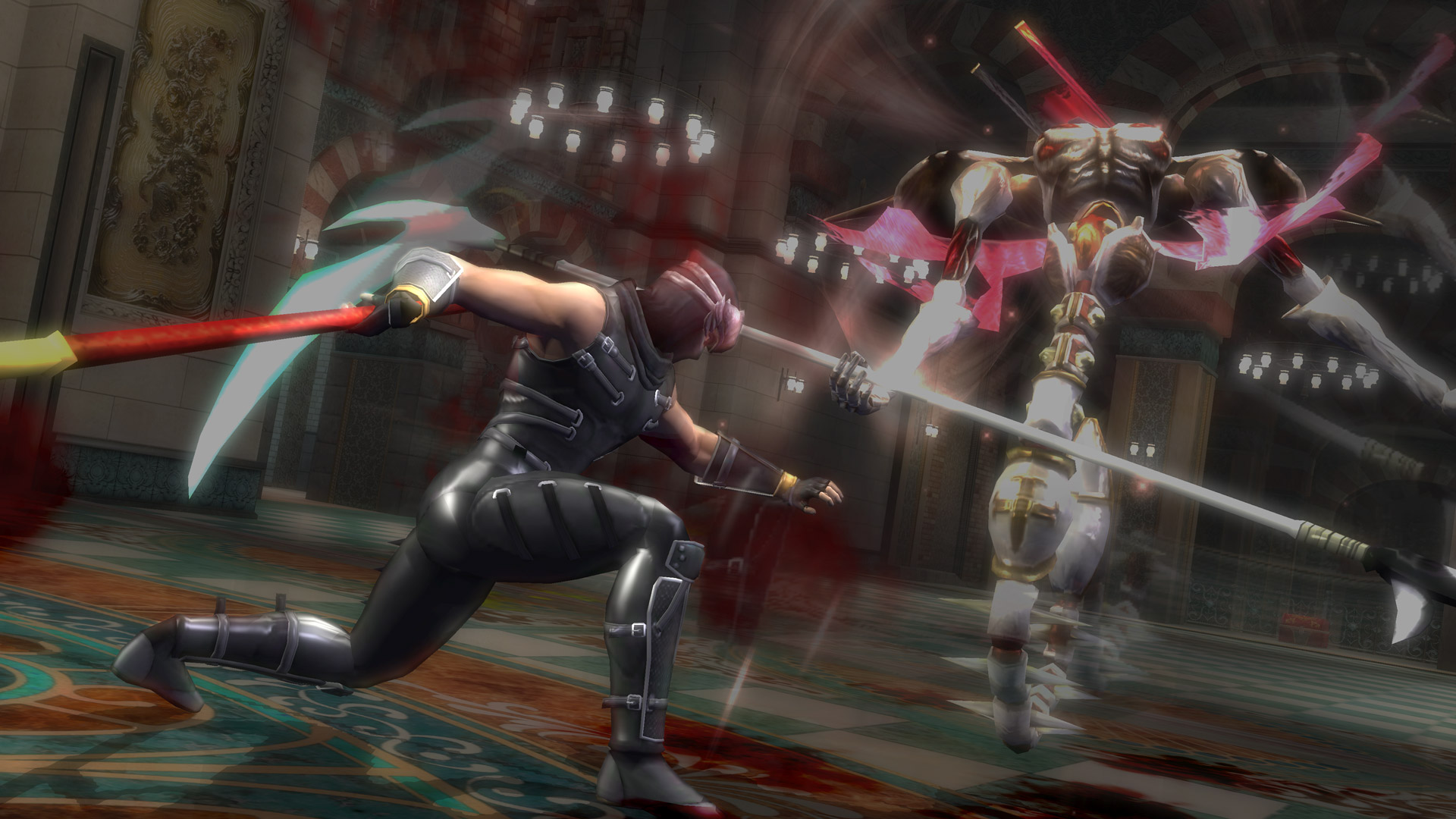
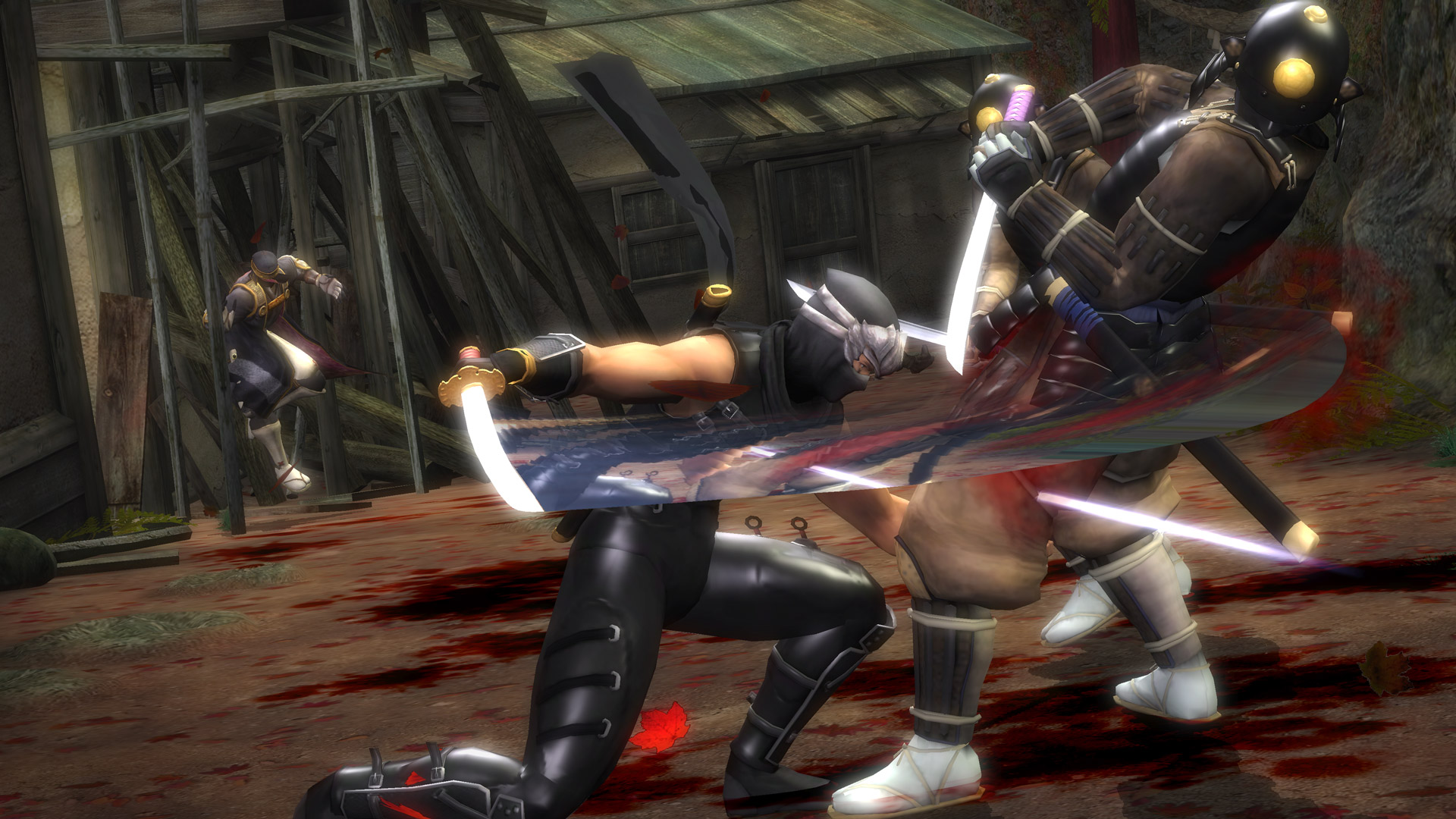
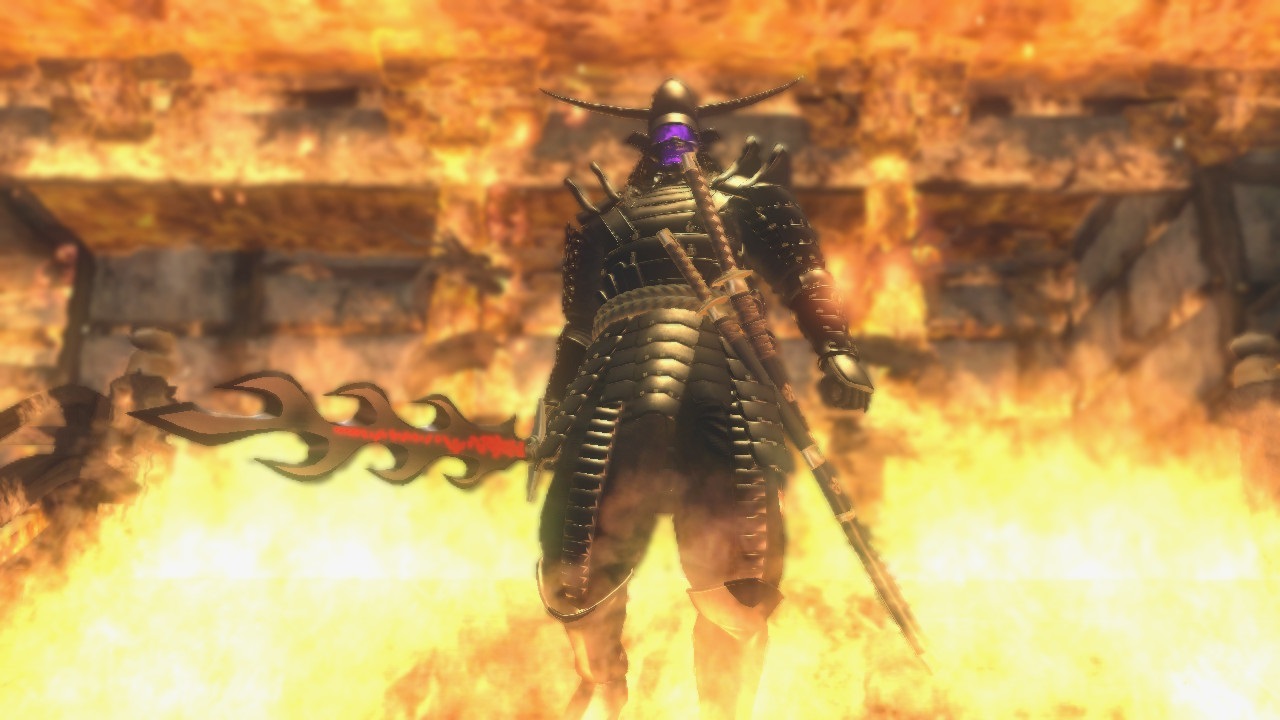








Published: Jun 19, 2021 05:49 pm